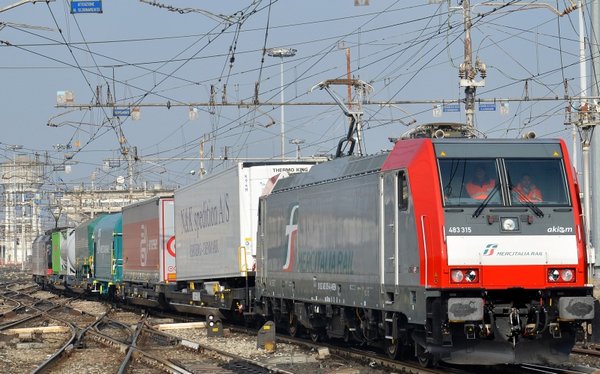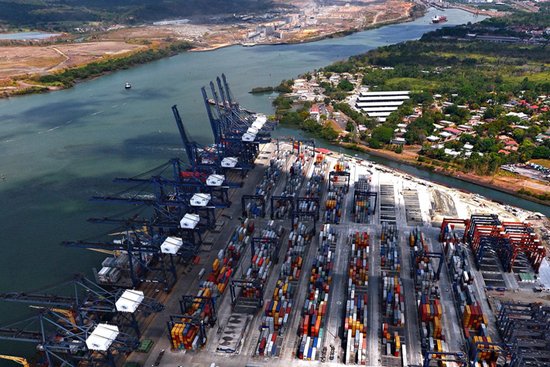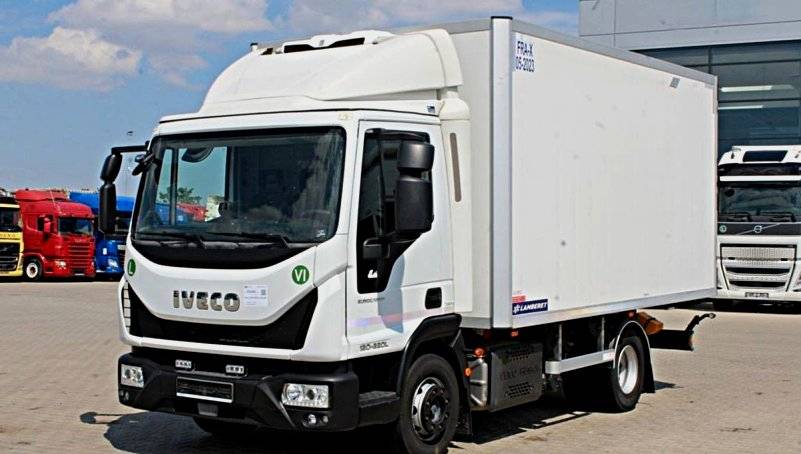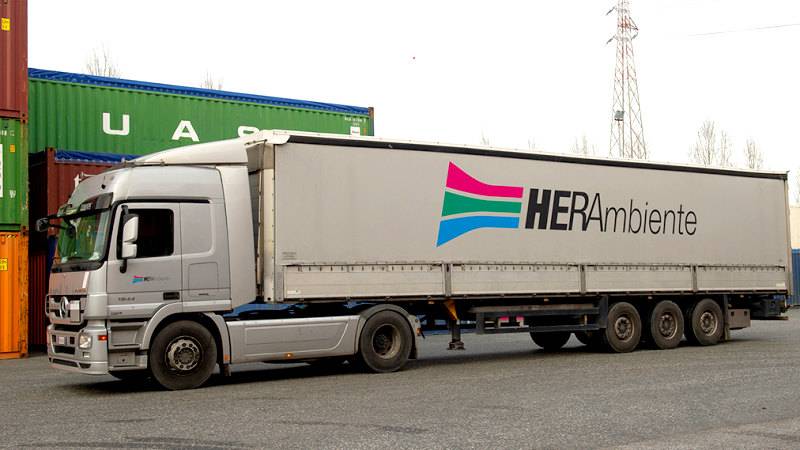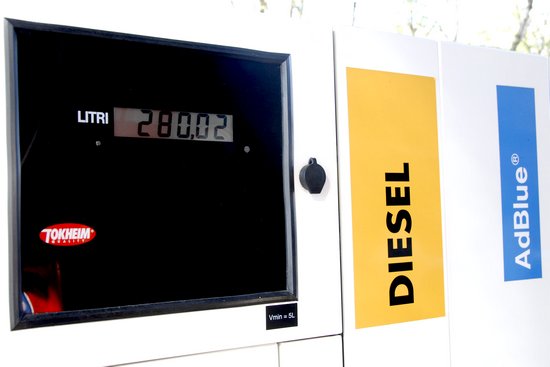On 2 April 2025, on the eve of President Trump’s announcement of tariffs that promise to “change the rules of the game” in global trade, the outlook remains uncertain for logistics operators. At least in the short term, research firm Xeneta does not anticipate a spike in maritime or air freight costs. According to its chief analyst Peter Sand, the sector is navigating a particularly complex moment. “Liberation Day will be anything but liberating for those caught in the middle of the tariff storm. It’s hard to make key supply chain decisions when the rules keep changing.”
The tariff move comes at a critical time for many US freight forwarders who are finalising long-term contracts for container shipping by sea, effective from 1 May. The crucial question now is: where is it most advantageous to import from over the next twelve months? And with which carrier? If confirmed, the increase in tariffs will drive up the overall cost of imported goods, but according to Sand, it should not immediately translate into higher freight rates.
Attempts by shipping lines to raise spot rates on routes between the Far East and the United States, introduced on 1 April, appear likely to fail given the downward trend observed since 1 January and the weak demand seen in February and March. The slowdown in demand can be attributed to a surge in shipments in January ahead of the Chinese Lunar New Year, as well as a general deceleration of frontloading activity throughout 2024.
Spot rates from the Far East to the United States rose by 8% for the East Coast and 15% for the West Coast on 1 April, but remain 43% and 49% lower, respectively, than levels at the start of the year. A meaningful recovery in freight rates may only occur later, should companies choose to diversify their supply chains in response to the new tariff landscape. Such restructuring could lead to congestion and tension in transport markets, especially if imbalances arise between production and consumption areas.
In the air freight sector as well, no immediate turbulence is expected, according to Niall van de Wouw, chief airfreight officer at Xeneta. “Air cargo operators have already demonstrated great adaptability in the past. They will face the tariff threat with the same calm determination this time around.”
Late March saw a slight increase in freight rates from China and Europe to the United States, but there are no signs of alarm. “It’s more likely that rates will decrease if the price hikes caused by the tariffs lead to a drop in consumer spending,” van de Wouw added. Another risk factor for air freight could arise on the export front: the introduction of tariffs may spark anti-US sentiment in affected countries, negatively impacting demand for American products. In some cases, consumer sentiment can have a greater effect than the tariffs themselves.
In the coming days, major airlines will roll out their new summer schedules, increasing capacity on international routes. This development should help keep freight rates under control. Currently, spot air freight rates from China to the United States stand at $4.16 per kilo, well below the peak of $5.75 recorded during the week of 10 November. From Western Europe to the US, the average cost is $2.16 per kilo, compared to the Christmas peak of $3.51.
Van de Wouw also pointed out a proposal recently discussed during a public hearing that could have an even more significant impact: the introduction of tariffs targeting Chinese ships and carriers entering US ports. “If approved, this measure could lead to port congestion and a consequent shift of goods from sea to air transport, with significant effects on supply chains.” A similar phenomenon was observed during the Red Sea crisis and, earlier, during the Covid-19 pandemic, when even small shifts in transport volumes between modes triggered chain reactions.



